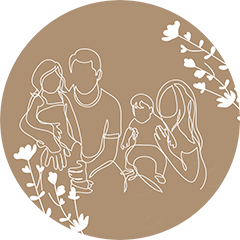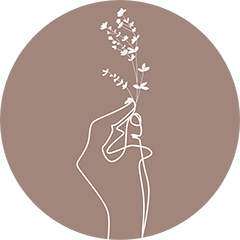Teej, a vibrant festival celebrated in the month of Sawan, is a joyous occasion for women across India. It includes three main types of teej: Hariyali Teej, Hartalika Teej, and Kajari Teej. Hariyali Teej, also known as Shravan Teej, marks the arrival of the monsoon and the beauty of nature. Women, dressed in green, come together to celebrate with henna, songs, and dances, embracing the festive spirit of the season. Let's delve into the cultural significance of the teej color green in Teej celebrations and much more.
Discover the Significance of Wearing Green During Teej

When is Teej in 2024?
In this Sawan 2024, Teej will be celebrated on August 10th. This popular Indian festival occurs during the devotional month of Sawan and is marked by various cultural and religious activities. Teej is an important time for women to gather, celebrate, and pray for marital happiness and prosperity.
Why is Teej celebrated?
Teej is celebrated to pray for marital bliss, and the well-being of one's husband, and to honour the arrival of monsoons. It is also a time for women to come together, bond, and celebrate the beauty of nature. The festival signifies fertility, growth, and the rejuvenation brought by the rainy season.
Why Is Green Considered Lucky During Teej?
The importance of green colours doubles during Sawan as it brings abundant rain and lush greenery. Green is also believed to be the colour of nature and is associated with calmness and happiness. Still, wondering why is green considered lucky during Teej? It is because Lord Shiva likes the colour a lot. Lord Shiva and Parvati are worshipped on the occasion of Teej. Hence, the colour is often hoped to bring good luck.
Did you know green is also Mercury's favourite colour? It is said that people can strengthen Mercury in their horoscope by wearing green. The significance of wearing green on Teej can be associated with the above reasons. The colour represents devotion, positive energy, abundance, progress, happiness, longevity, and health. Since Teej is celebrated in Sawan, the green colour and the festival cannot be separated.
Historical Origins Of Green In Teej Festival
The historical origins of green in Teej festival can be traced back to nature and the monsoons. Teej is predominantly celebrated in Sawan, and the surroundings become green during this time. The greenery symbolises growth, fertility, and prosperity, which are integral aspects of the festival. The colour represents the rejuvenation of nature and life with the monsoon rains. Besides, with the spiritual significance of wearing green during Teej, the colour has deeply ingrained itself in the traditions and customs of the festival. It is a vital part of the celebrations and remains one of the highlights.
Different Ways Of Adding Green For Teej Celebrations
Now if the green colour association with Teej celebration is clear, let's look at the different ways women incorporate the colour on this auspicious day of Hariyali Teej 2024.
- Women and girls prefer wearing green-coloured dresses, sarees, lehengas, and salwar suits to keep up with the spirits of the festival. Green clothing and auspiciousness on Teej go hand in hand for both historical and spiritual reasons.
- Adorning oneself with green jewellery is another significant way women add shades of green on Teej Day. Green bangles, necklaces, earrings, and other accessories can add a touch of elegance and colour to the attire.
- Henna is green and is applied on the hands and feet as a vital part of the celebrations. Intricate henna patterns and designs are drawn, symbolising growth and prosperity.
- Decorating homes, temples, and event venues with green-themed decorations helps create a festive atmosphere. You can use green-coloured streamers, banners, and buntings to do the same.
FAQs on Significance of Wearing Green During Teej
Ladies wear green bangles in Sawan as green symbolises nature, fertility, and renewal. It reflects the monsoon's lush greenery and is considered an auspicious colour during this period.
The Teej 2024 date is August 10th. This festival includes Hariyali Teej, which is dedicated to celebrating the arrival of monsoons and praying for marital happiness.
On Teej, women traditionally wear green. This colour symbolises nature, fertility, and renewal, reflecting the lush greenery of the monsoon season and adding to the festival’s vibrant and auspicious atmosphere.









































